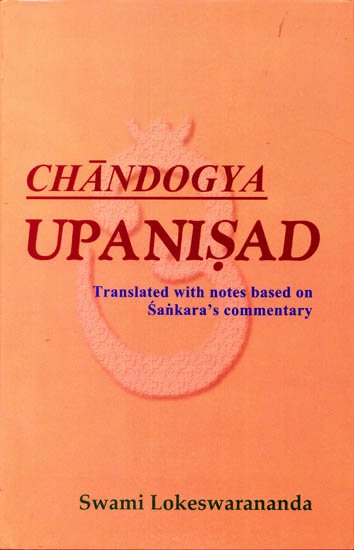Chandogya Upanishad (english Translation)
by Swami Lokeswarananda | 165,421 words | ISBN-10: 8185843910 | ISBN-13: 9788185843919
This is the English translation of the Chandogya-upanishad, including a commentary based on Swami Lokeswarananda’s weekly discourses; incorporating extracts from Shankara’s bhasya. The Chandogya Upanishad is a major Hindu philosophical text incorporated in the Sama Veda, and dealing with meditation and Brahman. This edition includes the Sanskrit t...
Verse 2.18.1
अजा हिंकारोऽवयः प्रस्तावो गाव उद्गीथोऽश्वाः प्रतिहारः पुरुषो निधनमेता रेवत्यः पशुषु प्रोताः ॥ २.१८.१ ॥
ajā hiṃkāro'vayaḥ prastāvo gāva udgītho'śvāḥ pratihāraḥ puruṣo nidhanametā revatyaḥ paśuṣu protāḥ || 2.18.1 ||
1. Goats are the hiṃkāra, sheep are the prastāva, cows represent the udgītha, horses are the pratihāra, and a human being is the nidhana. The Sāma called Revatī is established in animals.
Word-for-word explanation:
Ajāḥ hiṃkāraḥ, goats are the hiṃkāra; avayaḥ prastāvaḥ, sheep are the prastāva; gāvaḥ udgītha, cows are the udgītha; aśvāḥ pratihāraḥ, horses are the pratihāra; puruṣaḥ nidhanam, a human being is the nidhana; etāḥ revatyaḥ paśuṣu protāḥ, these [i.e., the Sāma known as] Revatī are established in animals.
Commentary:
Animals are useful to all the worlds. That is why, after worshipping the Sāma as the worlds, the worship as animals is suggested.
As in the previous section in which the word śakvarī is always used in the plural (as śakvaryaḥ), here also, the word revatī is always used in the plural (revatyaḥ).
